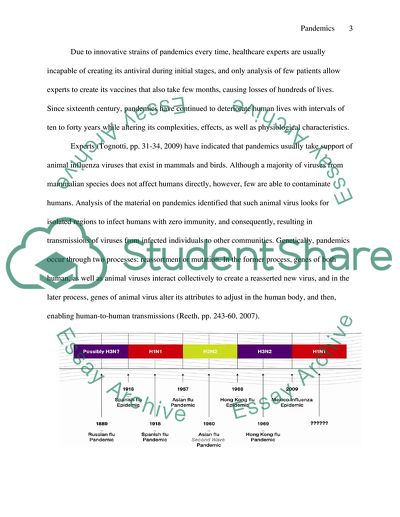Cite this document
(Pandemics - The Swine Flu Affair Case Study Example | Topics and Well Written Essays - 2500 words, n.d.)
Pandemics - The Swine Flu Affair Case Study Example | Topics and Well Written Essays - 2500 words. Retrieved from https://studentshare.org/health-sciences-medicine/1729999-pandemics
Pandemics - The Swine Flu Affair Case Study Example | Topics and Well Written Essays - 2500 words. Retrieved from https://studentshare.org/health-sciences-medicine/1729999-pandemics
(Pandemics - The Swine Flu Affair Case Study Example | Topics and Well Written Essays - 2500 Words)
Pandemics - The Swine Flu Affair Case Study Example | Topics and Well Written Essays - 2500 Words. https://studentshare.org/health-sciences-medicine/1729999-pandemics.
Pandemics - The Swine Flu Affair Case Study Example | Topics and Well Written Essays - 2500 Words. https://studentshare.org/health-sciences-medicine/1729999-pandemics.
“Pandemics - The Swine Flu Affair Case Study Example | Topics and Well Written Essays - 2500 Words”, n.d. https://studentshare.org/health-sciences-medicine/1729999-pandemics.


